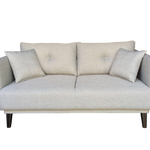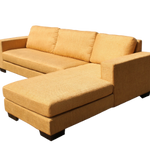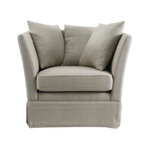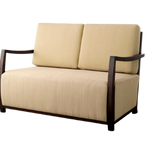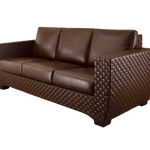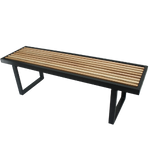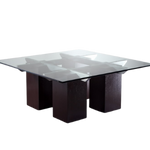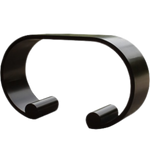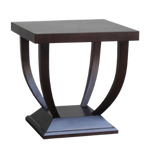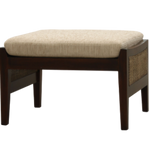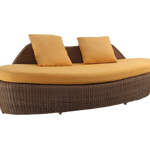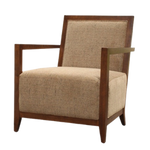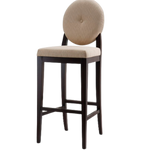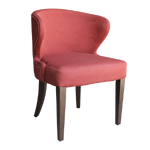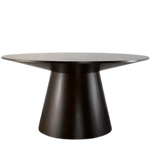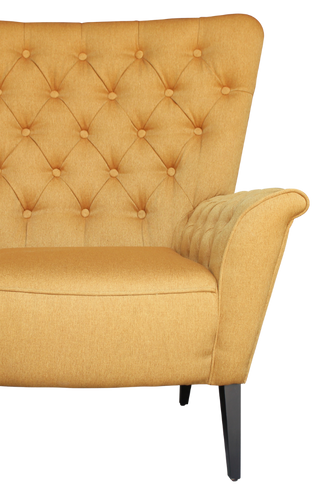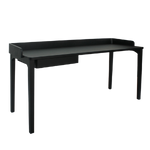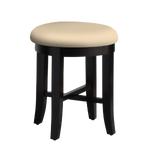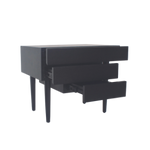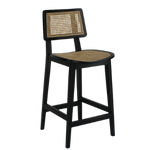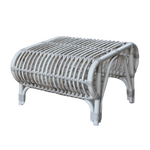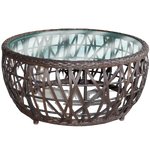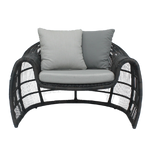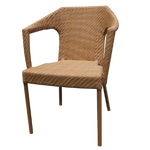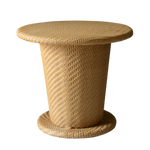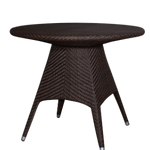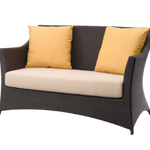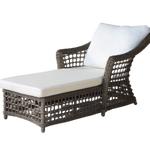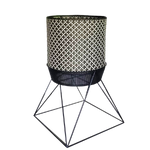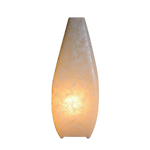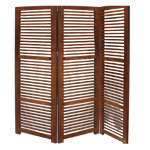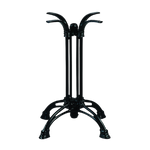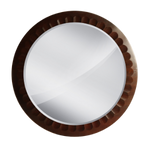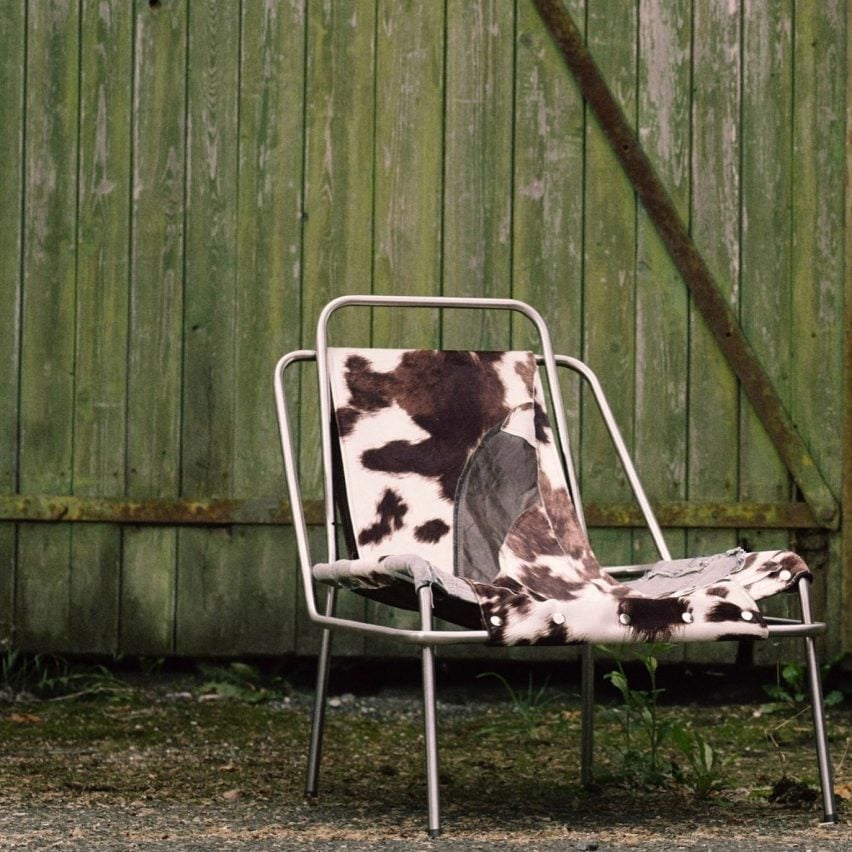
Lamps made from repurposed sailcloth and cow-print chairs created using upcycled textiles were among the pieces shown at the fifth edition of design festival 360 Design Budapest.
Organised by the Hungarian Fashion & Design Agency, 360 Design Budapest featured furniture, lighting and decorative objects by Hungarian and other Central European designers that aimed to showcase the region’s cultural heritage.
The installation was located in a former waiting room of Budapest’s 19th-century Nyugati Railway Station. After its original use as a waiting room, the space has previously been repurposed as a supermarket and then as a techno nightclub in the 1990s.
The work was distributed across various levels of construction scaffolding, in response to the site’s industrial character.
More than 270 pieces were on show by over 100 Hungarian and regional designers from countries including Austria, Poland, Ukraine, Slovakia and the Czech Republic, with a combination of collectible design alongside more mass-produced product design.
Curated by designer Gaspar Bonta, the overarching concept was to draw attention to Hungarian traditions and craftsmanship in contemporary everyday design pieces. The event hoped to increase the recognition of local designers worldwide while focusing on sustainable materials and techniques.
“Design is the aesthetical rethinking of functional elements, so it should be on a household level – designers should be rockstars and household names,” Bonta told Dezeen.
“We’re trying to encourage more designers to revisit and reinvent traditional techniques, forms and materials,” said Bonta.
Read on for eight highlights from the show:
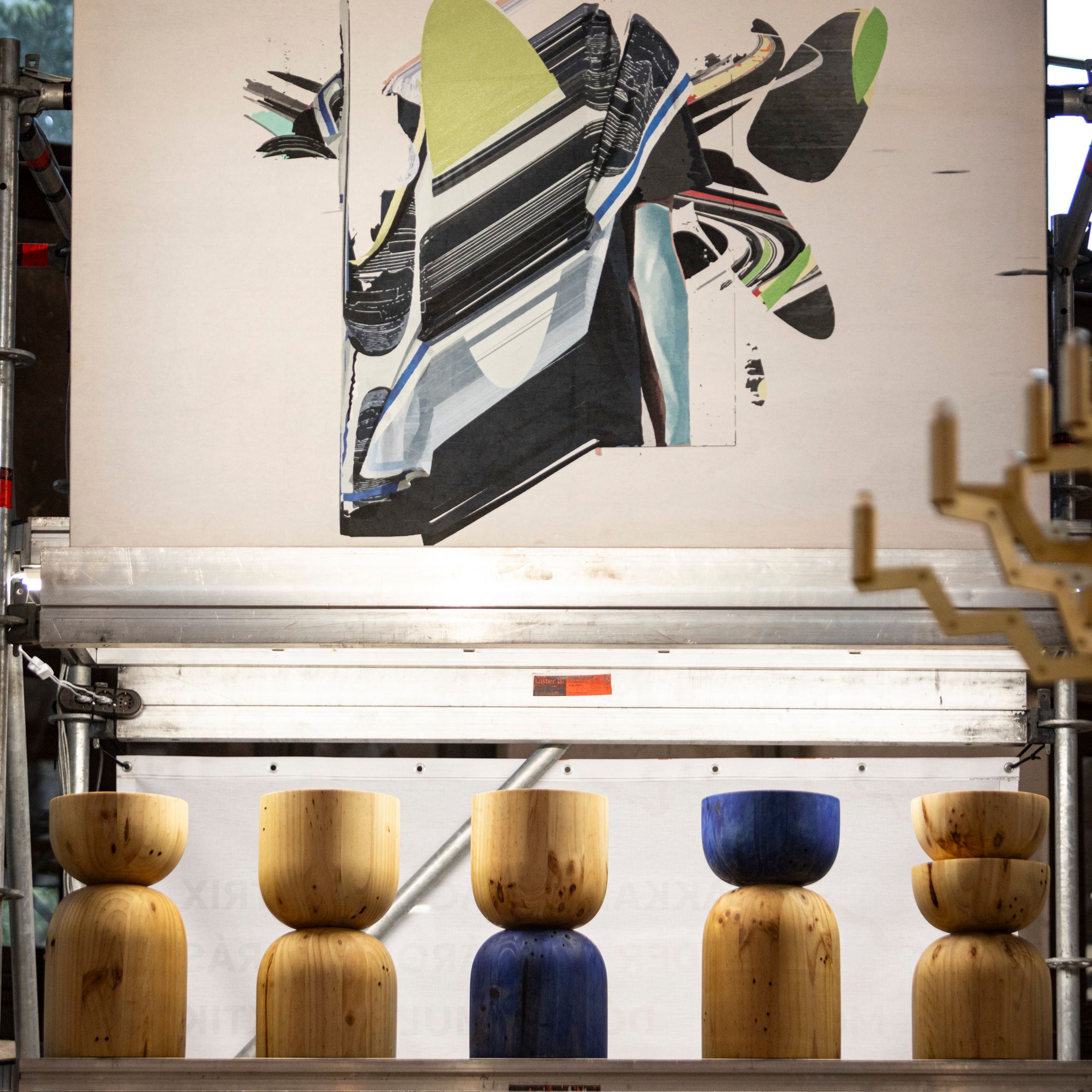
Babák Side Tables by Econor Design
Local studio Econor Design used reclaimed wood from recycled shipping container pallets that were blocked and hand-turned to create its Babák side tables.
Finished by hand with a natural orange honey oil and blue paint, the tables were topped with recycled composite stone slabs using leftover pieces from a stone processing company. This idea of reusing waste materials was central to the curatorial concept.
Bonta described the collection as a “geometric revival of the tradition of woodworking and carving in Hungary and Transylvania”.
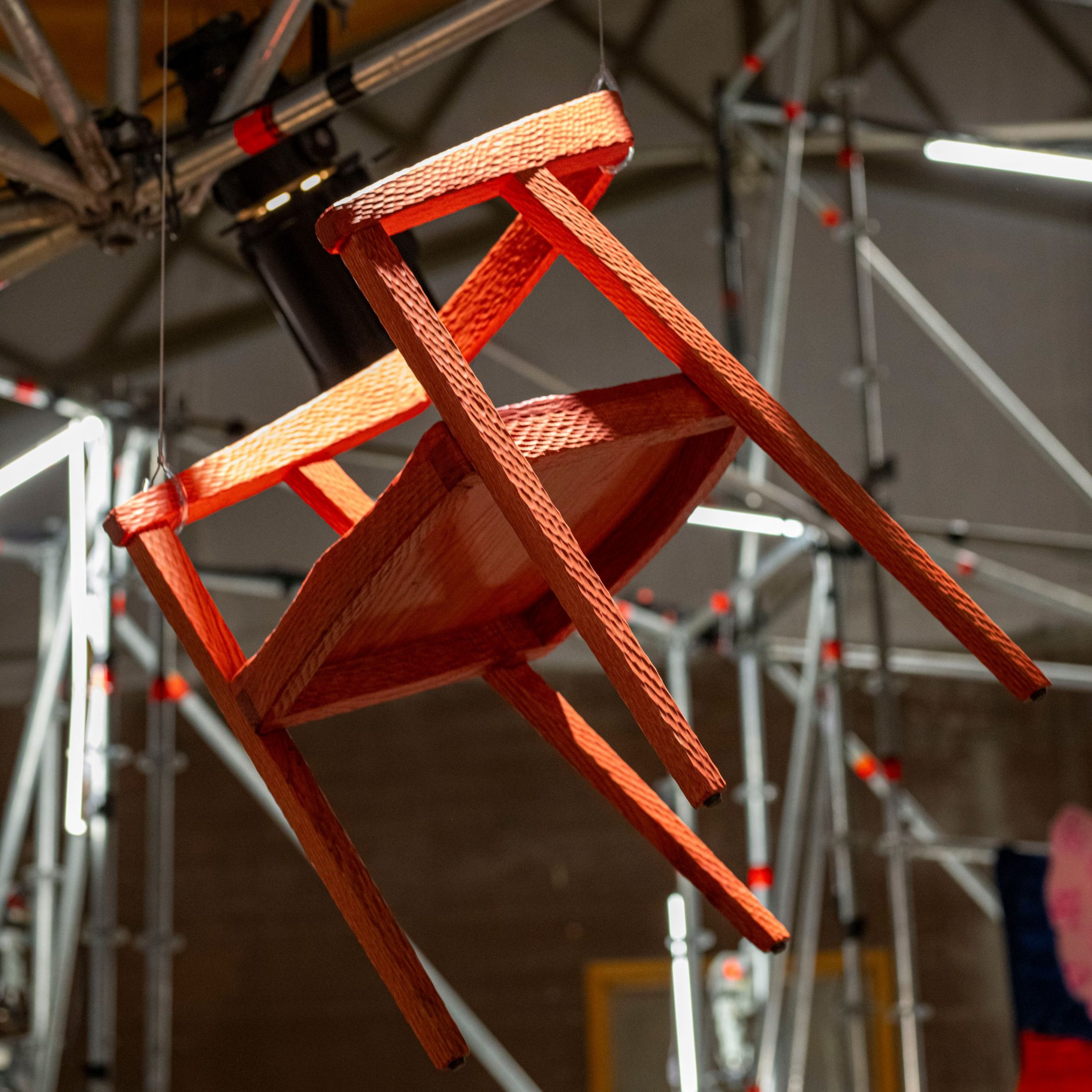
Orja Chair by Sárkány Bence Furniture
Another wooden collectible design piece on show was this chair made from local cedar wood, created by Hungarian designer Sárkány Bence Furniture.
Crafted with 12,000 individual grooves, the piece was intended to “draw attention to the relativity of time” and explore the balance between functionality and aesthetics.
More broadly, the designer’s work focuses on reducing waste by optimising material use in the design and manufacturing process.
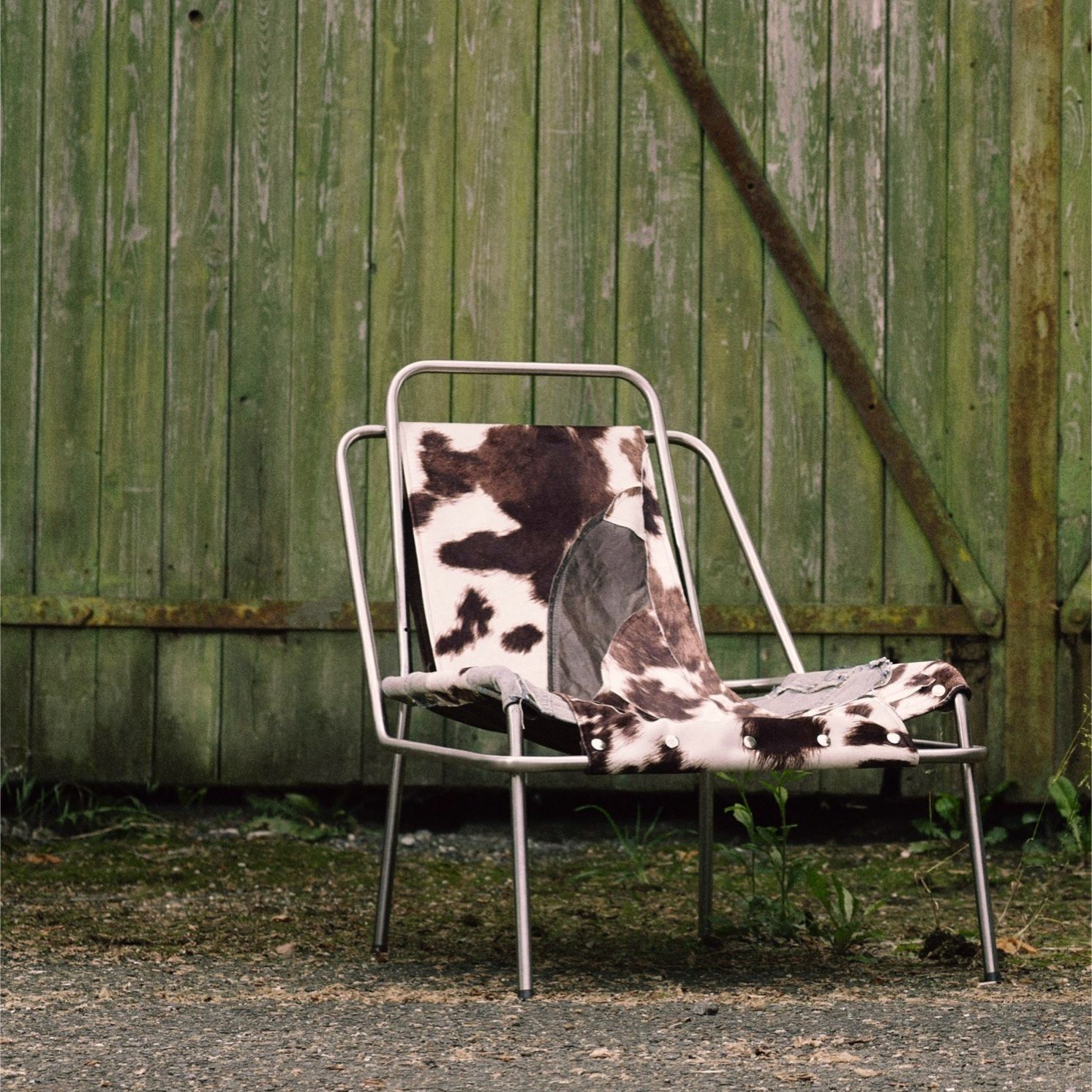
Linea Easychair by Norna
Contemporary Hungarian furniture brand Norna presented its Linea collection, comprising the Linea Easychair (pictured) and Linea Bar Stool, part of a collaboration between Norna and clothing brand Stotz Apparel.
Textile remnants from one of the brand’s previous collections were upcycled to create the cow print surface of the chairs, while steel pipes form the structure of the tubular chairs.
“Marcel Breuer was a Hungarian, and we have a good 100-year history of creating furniture made out of steel pipes,” Bonta told Dezeen.
The collection aims to reflect the relationship between the city and the countryside, with the Easychair as a representation of the stereotypically more relaxing environment of the countryside and the Bar Stool intended to represent the contrasting urban space.
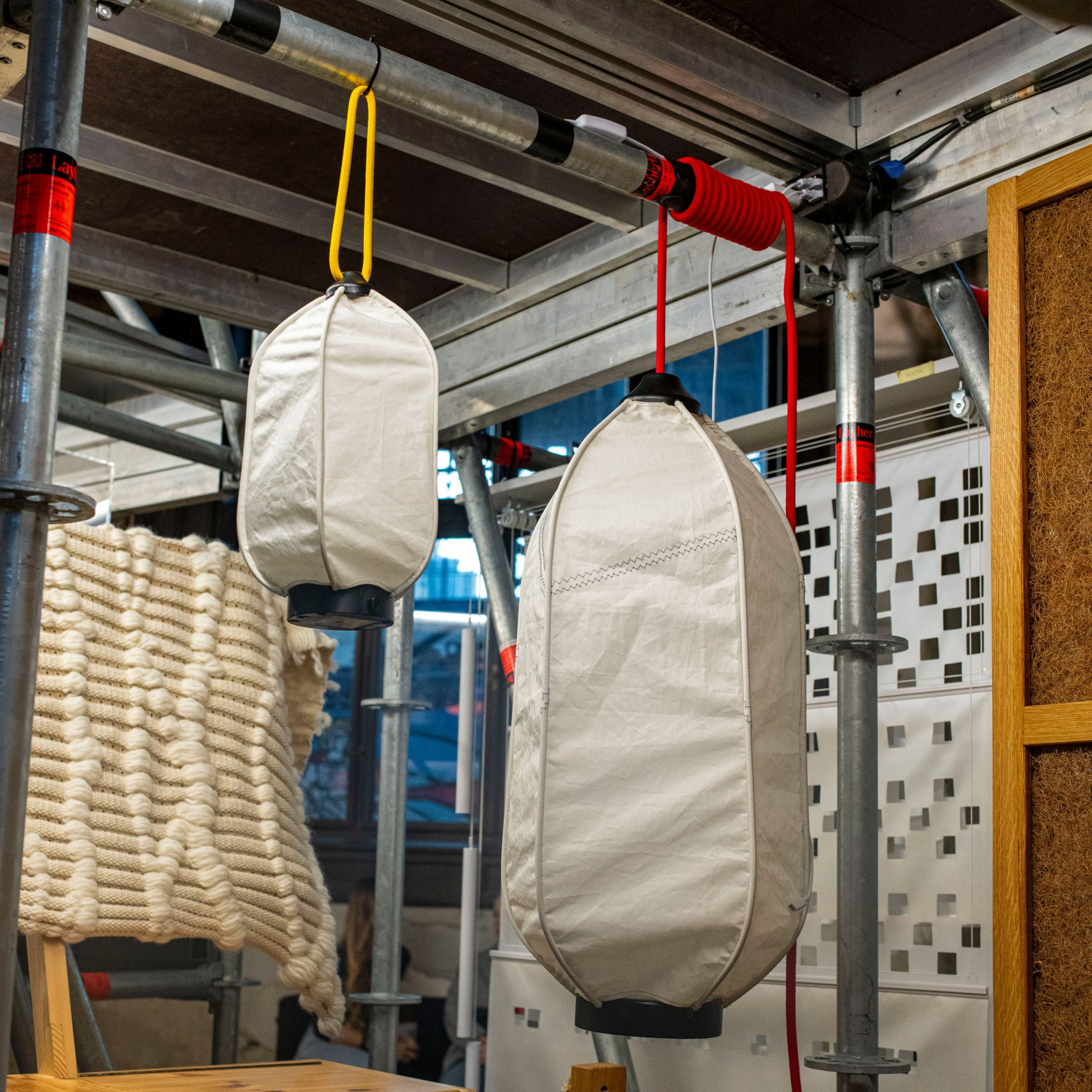
Buoy Lamps by Dóra Tarcsi
Hungarian graduate designer Dóra Tarcsi created these lamps by repurposing the sailing cloth she found around Lake Balaton, in the west of Hungary, which is no longer fit to be used for sailing but could be reused in other ways.
Called Buoy lamps, the lights are easily transportable, intended for both indoor and outdoor use and can even be used on sailing boats. The designs are part of Tarcsi’s wider design ethos of responding to human needs with products that fit everyday purposes.
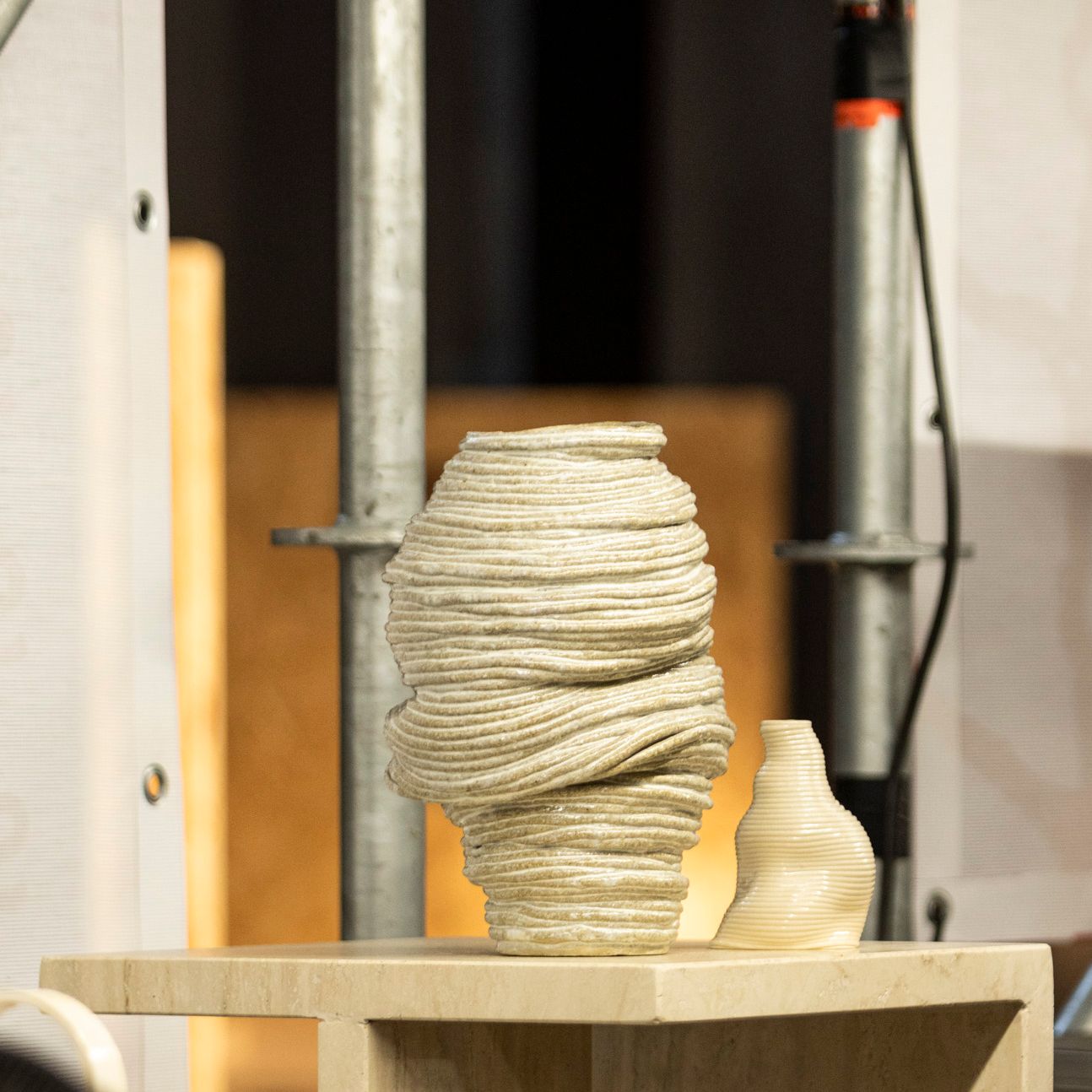
Built Ceramic Vases by Brenna Ceramics
Hungarian designer Anna Csenge Berkes of Brenna Ceramics created a collection of high-fire ceramic vases consisting of multiple layers making up a tilted wave-like form.
Created as a result of failed attempts at wheel-throwing, Berkes wanted to go back to the traditional, ancient process of coiling, despite the availability of modern 3D-printing technology for ceramics.
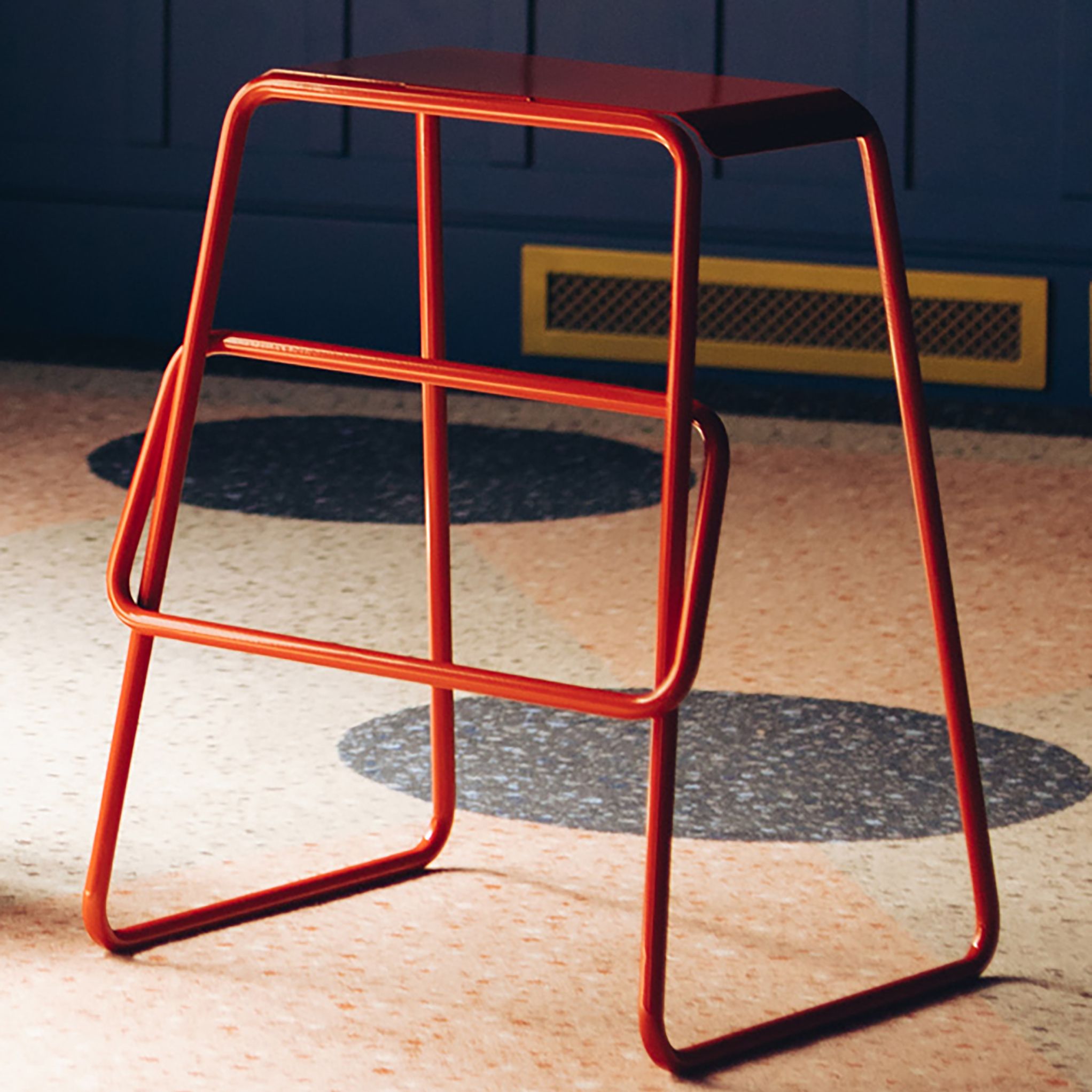
Loop Chair by Henibara Design
Local product designer Henrietta Barabás of Henibara Design displayed the Loop chair, a red stool-like design built around the concept of tube bending.
Barabás set out to create an object where the tube plays a central aesthetic role while achieving a clean and simple design.
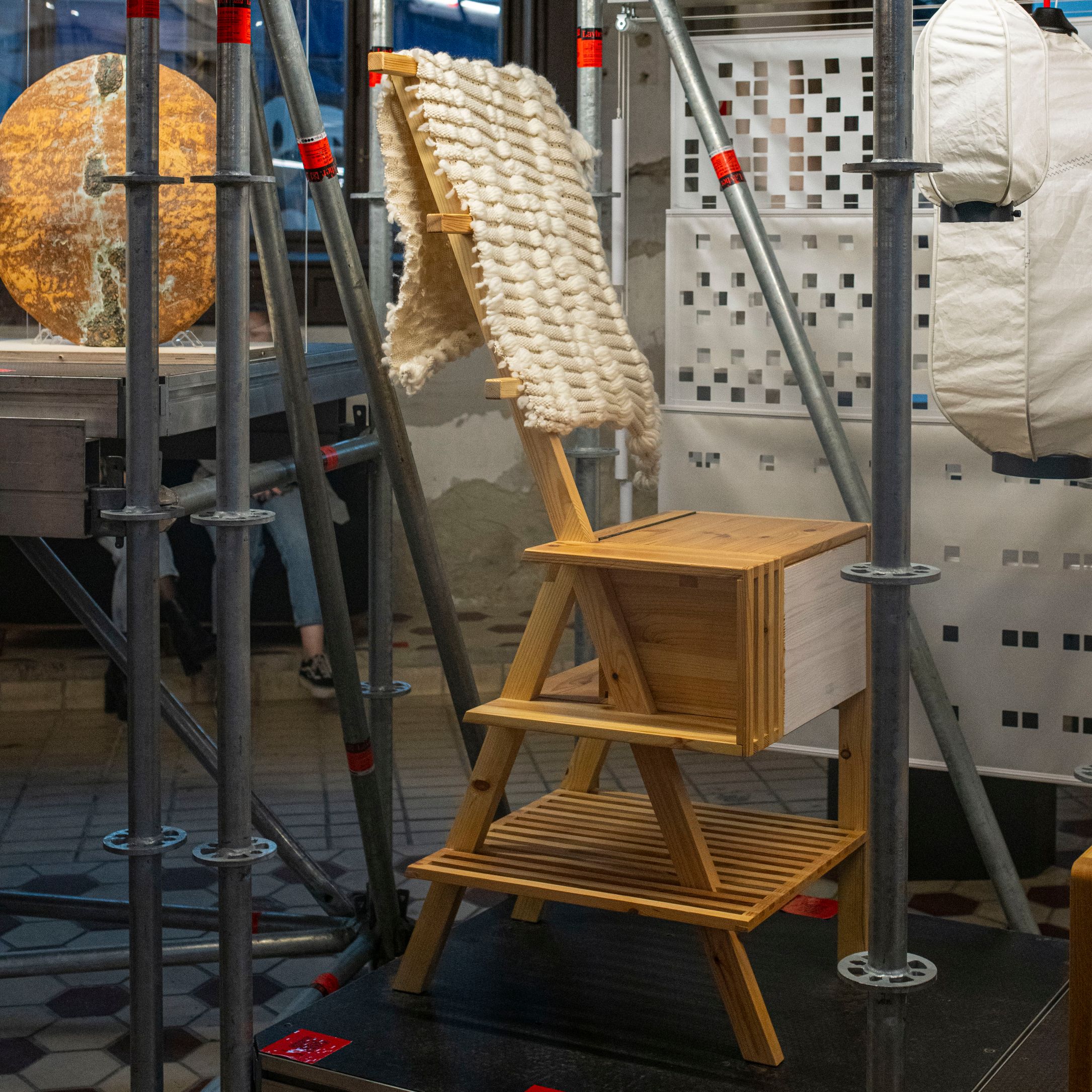
Alfréd Room Organiser by Szebedy Vajk
Local designer Szebedy Vajk showcased a prototype for a wooden storage solution to help organising an untidy room.
Called Alfréd, the piece refers to a local tale of a hero and their loyal helper. The functional design was intended to be used for three categories of objects: worn clothes that are not ready to be washed, everyday items that are carried in a pocket or bag such as phones, keys and wallets, and objects that accumulate in a particular room that don’t belong there.
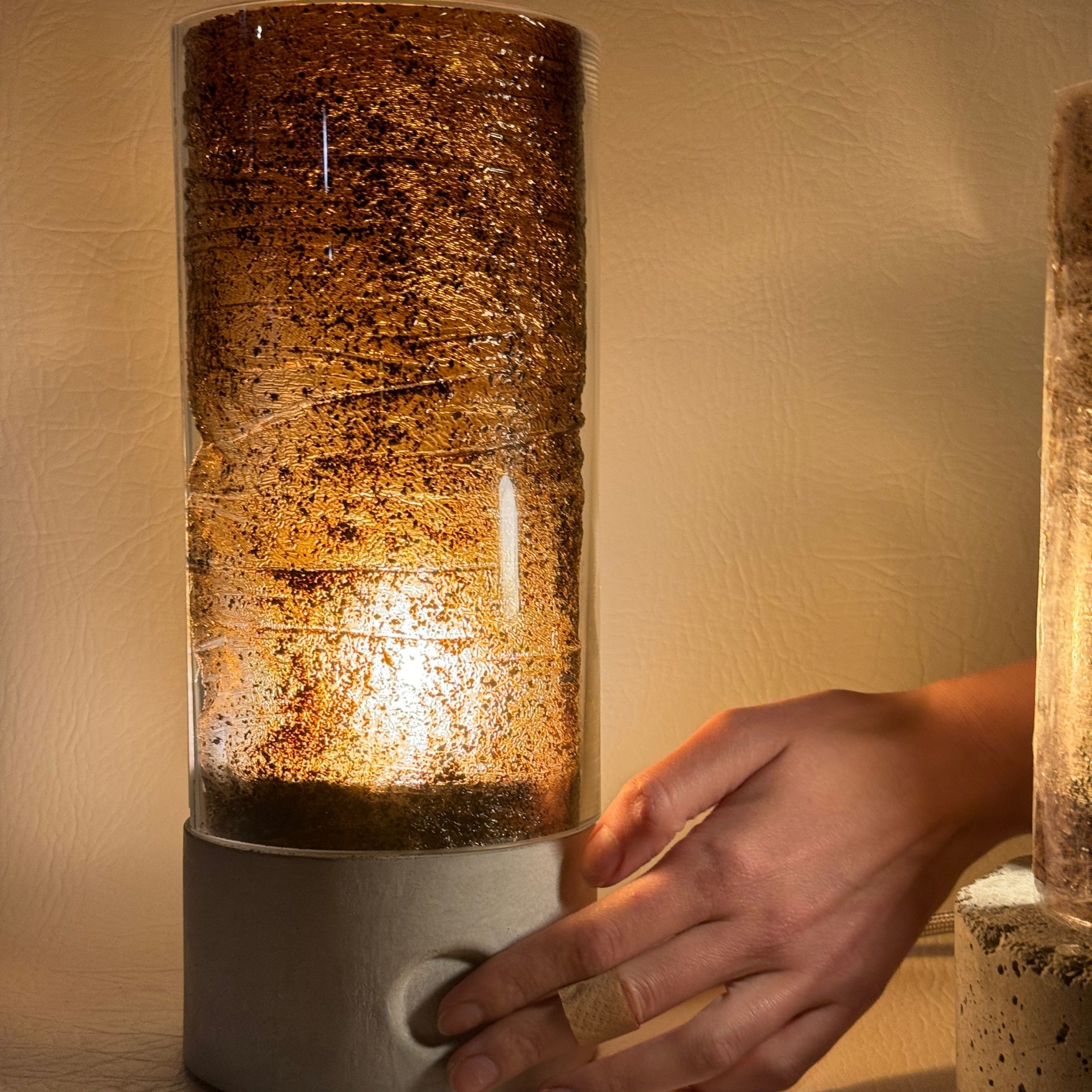
Coffeenaire-01 Table Lamp by Laura Rajnai
Another Hungarian graduate designer, Laura Rajnai, created this lamp titled Coffeenaire-01, which is made from glass, concrete and a biodegradable biopolymer containing coffee grounds.
Designed with a focus on using alternative materials to plastic as well as waste reduction, Rajnai set out to explore new ways of processing coffee grounds for reuse.
“Coffee grounds are a kitchen waste that many of us produce every day in our households, and there are countless ways of dealing with them, but we often do not pay enough attention to them,” said Rajnai.
360 Design Budapest is part of Budapest Design Week, which partnered with Elle Decoration Hungary and ran alongside a programme of talks, workshops and exhibitions such as Art Market Budapest.
Other recent design fairs that have taken place include Helsinki Design Week based around the theme of “Underneath” and Sydney Design Week, which explored visions of alternative futures.
360 Design Budapest took place from 15 to 20 October 2024. See Dezeen Events Guide for an up-to-date list of architecture and design events taking place around the world.
The post Eight highlights from 360 Design Budapest 2024 appeared first on Dezeen.
